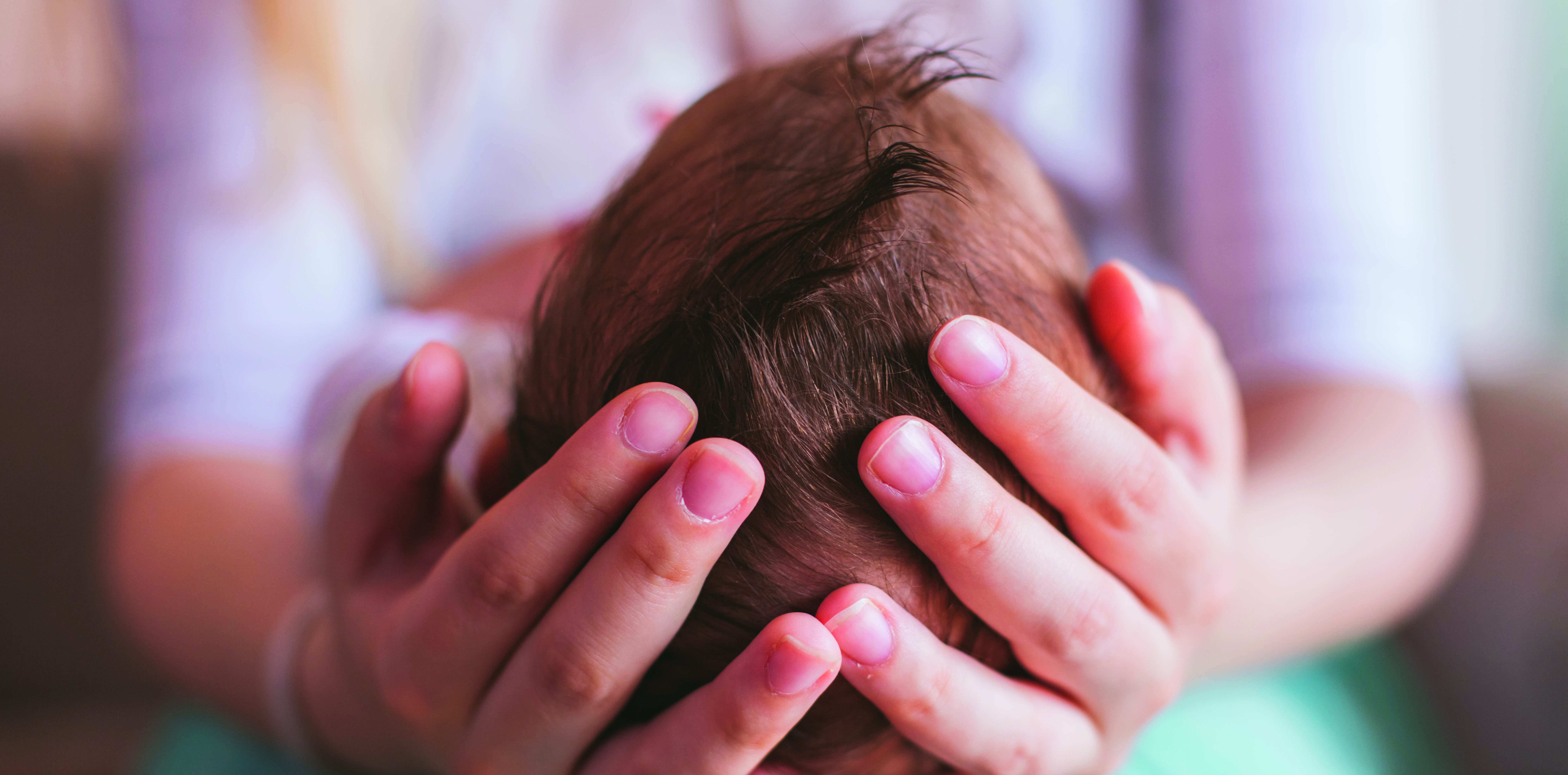Researchers urge GPs to screen for suspected cerebral palsy as early as 12 weeks as study shows early intervention improves quality of life
Cerebral palsy diagnoses are on the decline in Australia, but it’s still critical that GPs stay on the lookout for signs during infants’ first weeks, as early intervention improves quality of life.
A study published this month in the MJA suggests the early diagnosis in children may be the key to intervening with therapy that improves neuroplasticity and movement.
“We are very optimistic these trials will deliver fantastic results both from the movement and the cognitive perspective,” Professor Iona Novak, head of research, at the Cerebral Palsy Alliance, said.
Children with an early diagnosis have the option to be included in two clinical studies, REACH, for children with congenital hemiplegia and GAME which uses toys to prompt high intensity training for improved neuroplasticity.
“We really think the future is bright for these children because for the first time we have something that is really early. It uses all the principles we know work in adults and older children, but we’ve found ways to make them infant friendly,” Professor Novak said.
According to the Cerebral Palsy Register in 2018, cerebral palsy has declined over the past decade from two per 1,000 live births to 1.4 per 1000.
The drop in cerebral palsy suggests that some of our neuroprotective strategies, such as the use of maternal magnesium sulphate during labour, the use of maternal antenatal steroids and better ventilation protocols in pre-term neonates, appear to be working. “We think this is a major step forward,” Professor Novak said.
Children with cerebral palsy are usually diagnosed between 12 and 24 months old, but it is possible to diagnose as early as 12 weeks.
“The delay was there because there isn’t a sign marker or a single test that you can run to determine whether a child definitely has cerebral palsy,” Professor Novak said.
However a review published in JAMA in 2017 validated a combination of tests which could be used to help diagnose cerebral palsy.
Professor Novak, an author of the study, conceded it was difficult to identify signs of the movement disorder in a 12-week-old, however she suggests there are clues clinicians could look for.
Half of all children diagnosed with cerebral palsy were born prematurely or with complications, such as seizures. It is therefore recommended children with this history undergo testing.
Another indicator is parental concern for a child who doesn’t move properly or smile.
“They often go to a GP first, so it’s very important that GPs listen to parents and believe this information and instead of saying ‘let’s just wait and see how they go,’ ” Professor Novak said.
These children should be referred to paediatrician who may order an MRI to show potential damage, a videoed movement test to look for low quality movement and conduct a scored neurological test to look for symmetry in movement.
When used in conjunction, these tests are 95% effective in diagnosing cerebral palsy in the first weeks.


